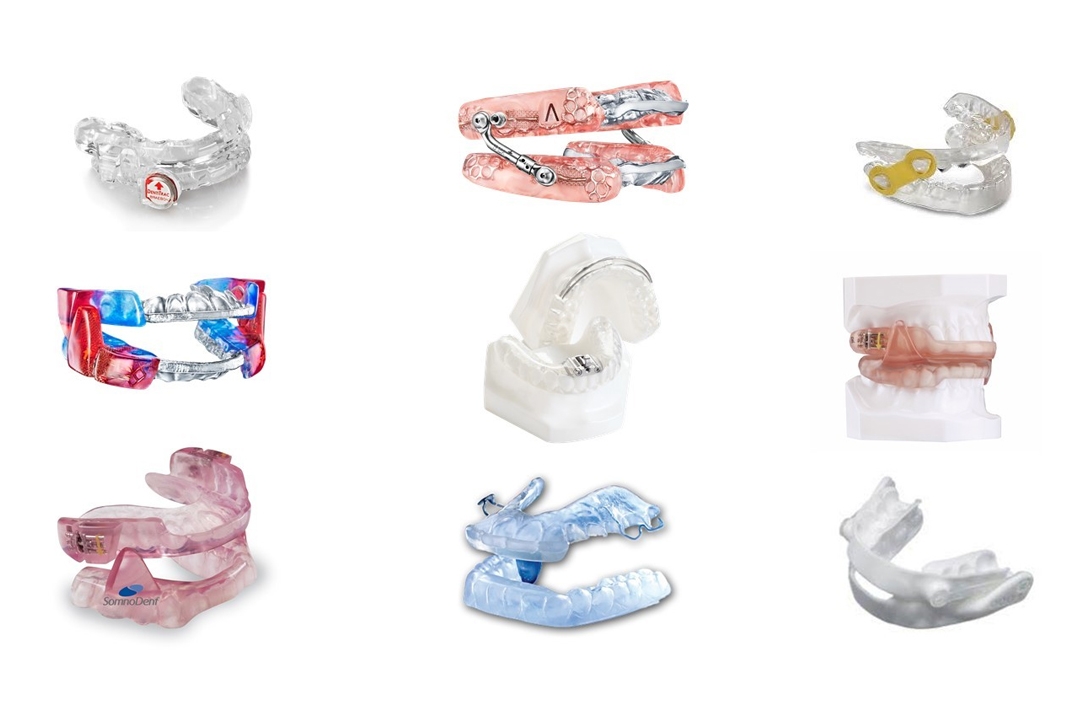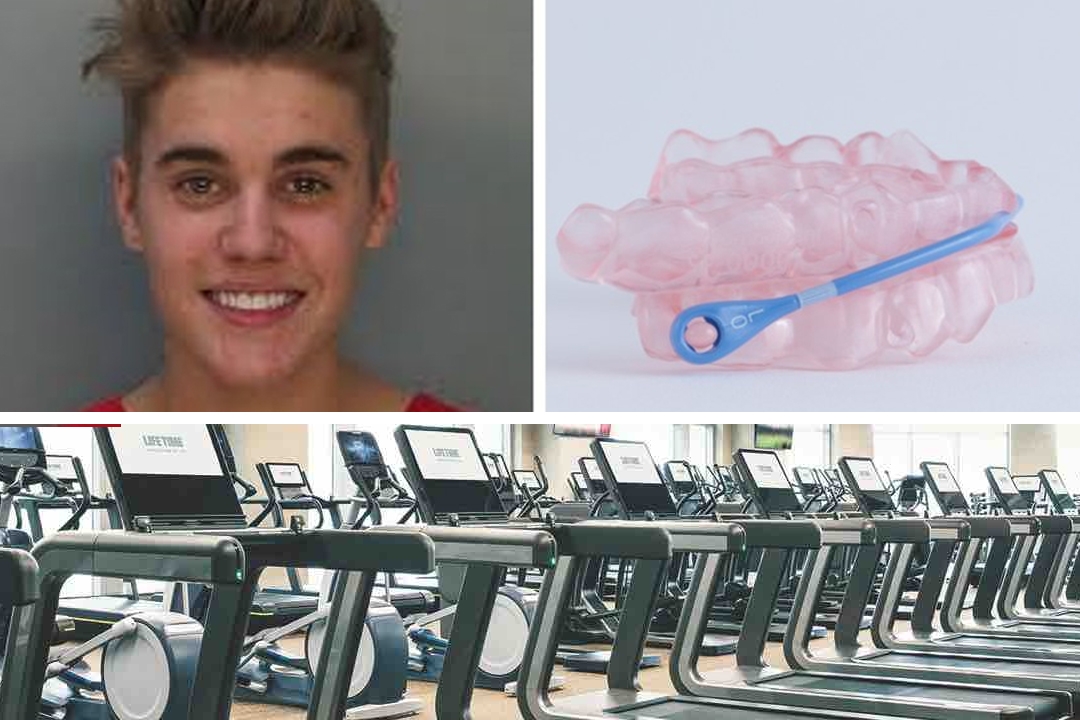What’s the biggest reason dental practices fail to attain success in Dental Sleep Medicine (DSM)?
Getting patients tested?
MD networking? Medical billing?
Worried about side-effects?
Forget software. Forget devices.
Yes, those are all obstacles inherent to DSM, but the dentist that is the “go to in our area” has figured out how to overcome those obstacles. They’re screening patients. They are getting patients tested and they’re receiving referrals from physicians. She’s receiving reimbursement from medical insurance. He’s treating a lot of patients and managing side-effects.
So, it can’t be those issues. Those issues can be overcome with the 3 E’s: education, experience, and elbow grease.
What is it then?
I’ve had the good fortune (and occasional misfortune) of consulting with thousands of dentists implementing DSM over the past 12 years. During this time, I’ve studied what works, what doesn’t, and why.
So, what is it then?
Fine, I’ll tell you. The best part about the answer is that you completely control the outcome. You can make the change. It’s entirely up to you. It doesn’t require any new equipment, capital expenditure, or mini-residencies.
Are you ready?
The most successful DSM practices G.O. D.E.E.P.
Generate: Generate a vision. This means establishing WHY you’re going to offer this service, what it means to you, your team, your practice, and your patients. You must believe in this.
Objectives: Share with your team the steps that you’re going to take for education, workflow, training, etc. They must also believe. Screen, test, and treat them, their spouses, and others that are close to you. The results will convert your team into ambassadors for DSM in your practice.
Delegate: DSM is a largely team-driven procedure with a lot of easily managed, yet crucial steps. If you insist on managing every step, you’re in trouble. You’ll fail and bail. You have a fantastic team. If you don’t, create one. Empower them to do their jobs and hold them accountable.
Execute: Your emphasis on education is commendable, but don’t allow yourself to fall prey to analysis paralysis. Screen patients. Treat them. Take action. Just do it.
Evaluate: What’s working? What isn’t? If the hygienists aren’t identifying signs of OSA, why? If patients are declining your suggestion regarding the need for a test, why? If claims aren’t going through, why?
Pivot: Based on your evaluations, revise your processes as needed.
This works. I’ve seen it again and again in offices that are treating hundreds of patients each year. These successfully treated patients become lifelong dental patients and phenomenal referral sources for years to come. Implementing this process requires you to reflect and make some real internal changes, mindset shifts. You can do this. They have. Others will. What will you do? G.O. D.E.E.P.






